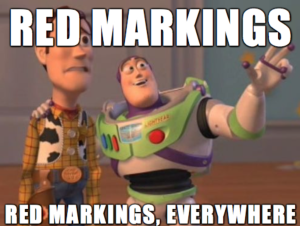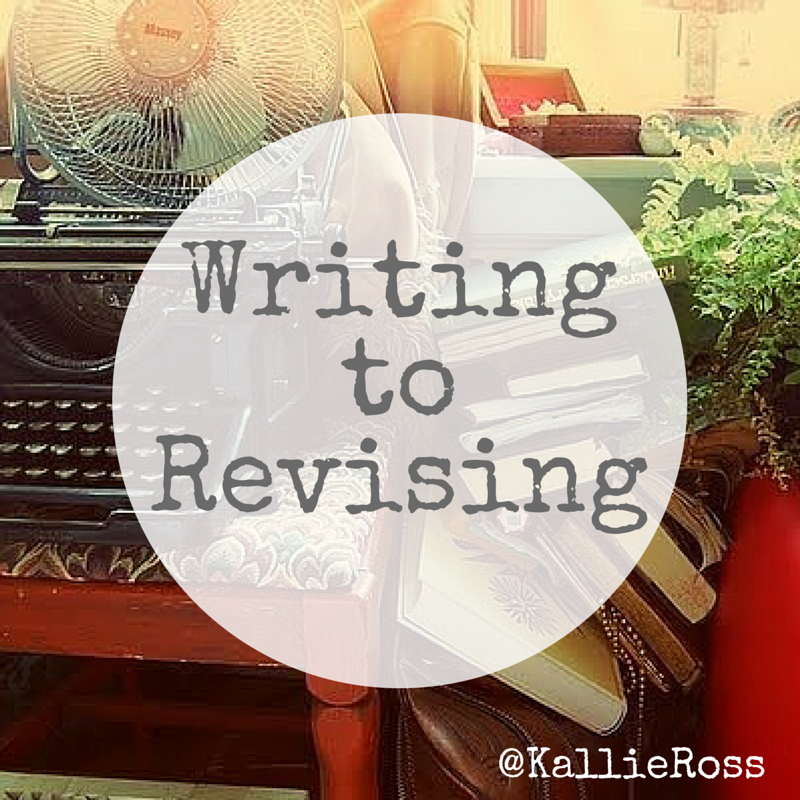 So, you finished writing a rough draft of the story brewing in your brain for the last three, six, twelve months. What’s next? I’d love to tell you that you’re all done, but alas, there’s more to writing a book than an initial manuscript filled with misspelled words, mix-matched character names, and flat settings. Next, comes revisions.
So, you finished writing a rough draft of the story brewing in your brain for the last three, six, twelve months. What’s next? I’d love to tell you that you’re all done, but alas, there’s more to writing a book than an initial manuscript filled with misspelled words, mix-matched character names, and flat settings. Next, comes revisions.
I’m currently revising my second novel, Defend, and it’s gone so much smoother than the first time around. Every author has to find a way to get objective and go through their manuscript, the trick is to find the best way to tighten the subplots, clear muddled scenes, and ensure fluidity from chapter to chapter.
Here are some ways that I tried revising…
Transfer Handwritten to Digital
This is for those of you that write your novel out in journals or spirals, J.K.-style. Writing your story by hand can be a creative juicer for your brain. After finishing the novel, an author can make changes as they type their manuscript.
Digital Changes to Original
Typing your manuscript is typical, and a lot of authors simply go back through their story in the original document and make changes.
Duplicate & Digital Changes
This is similar to the previous process, but before making changes an author duplicates their document and creates a new ‘version’ of their novel.
This is the drawn-out process that works for me…
 Print & Hand-Revise to Digital
Print & Hand-Revise to Digital
It sounds crazy, but the revising process that worked for me involved printing my document and making edits by hand. The long and tedious process gives me the chance to see my words on the page, and then I rip them apart with my red and purple ink. My manuscript is bruised and bleeding when I’m finished and then I get on my laptop and make the changes in my document.
After the revisions are all made, then the draft is sent to my editor. The Paisley Editor works her wordy-wizardry, but that’s another, future post. I’d love to know how/if you revise your rough draft, so leave your thoughts/recommendations/ideas in the comments below.

